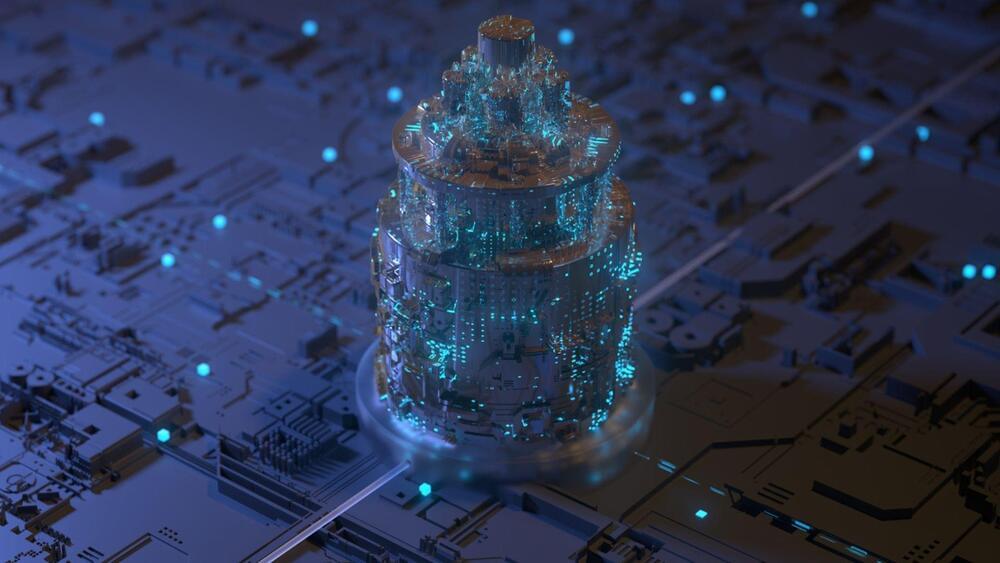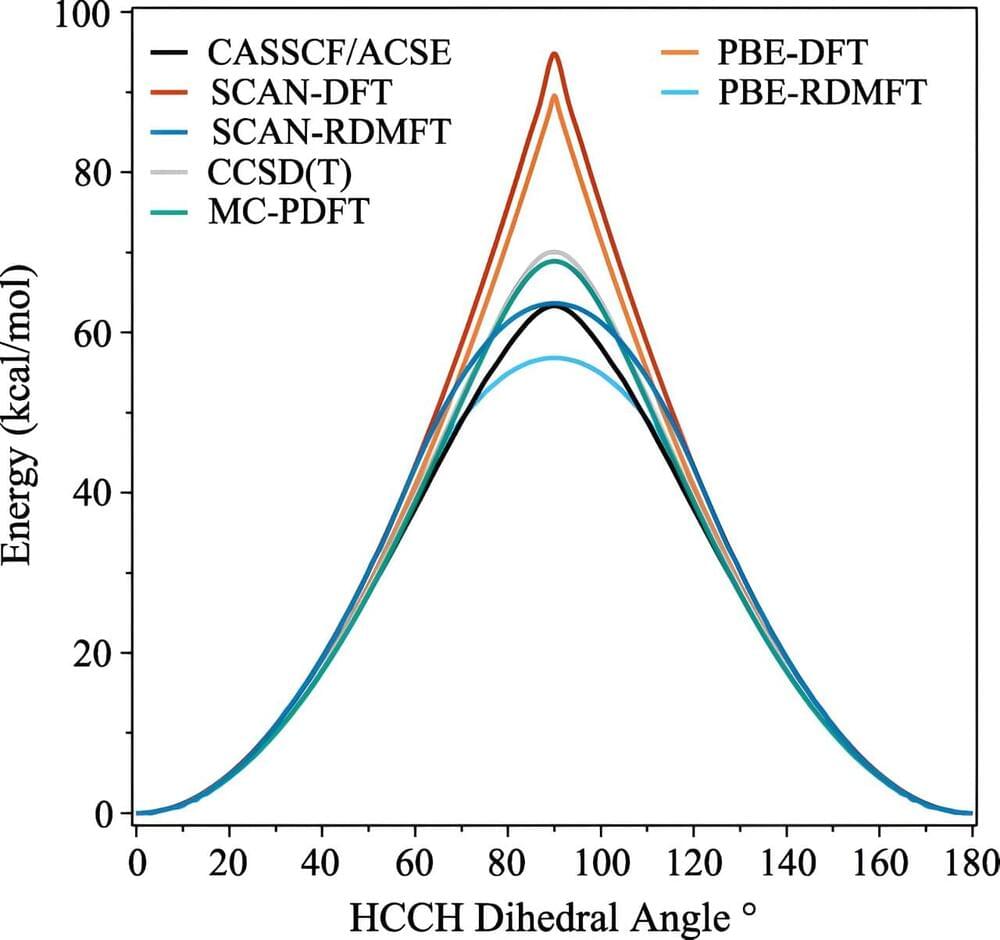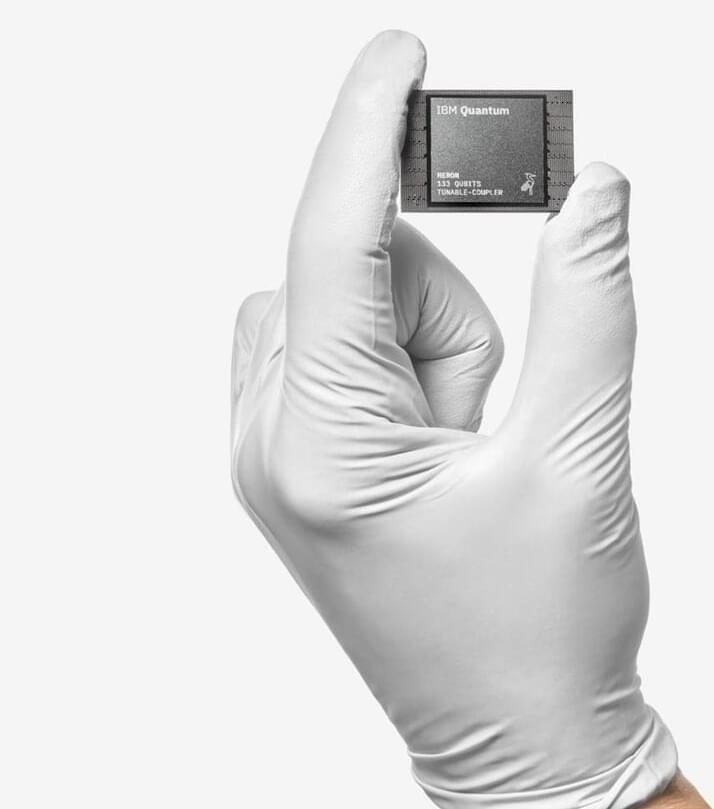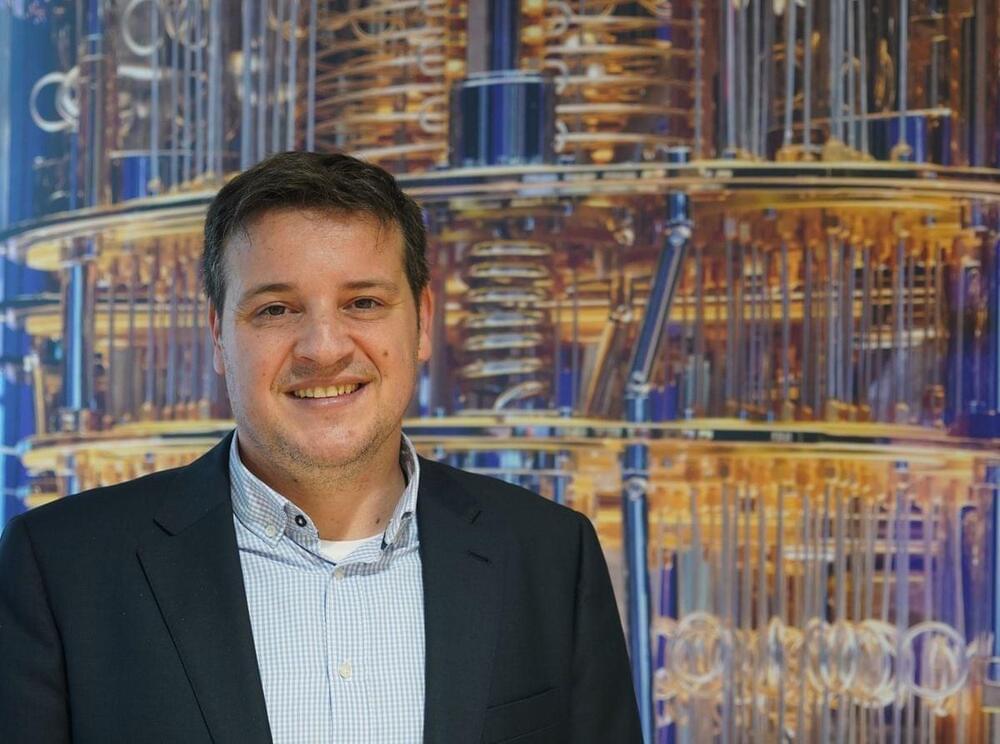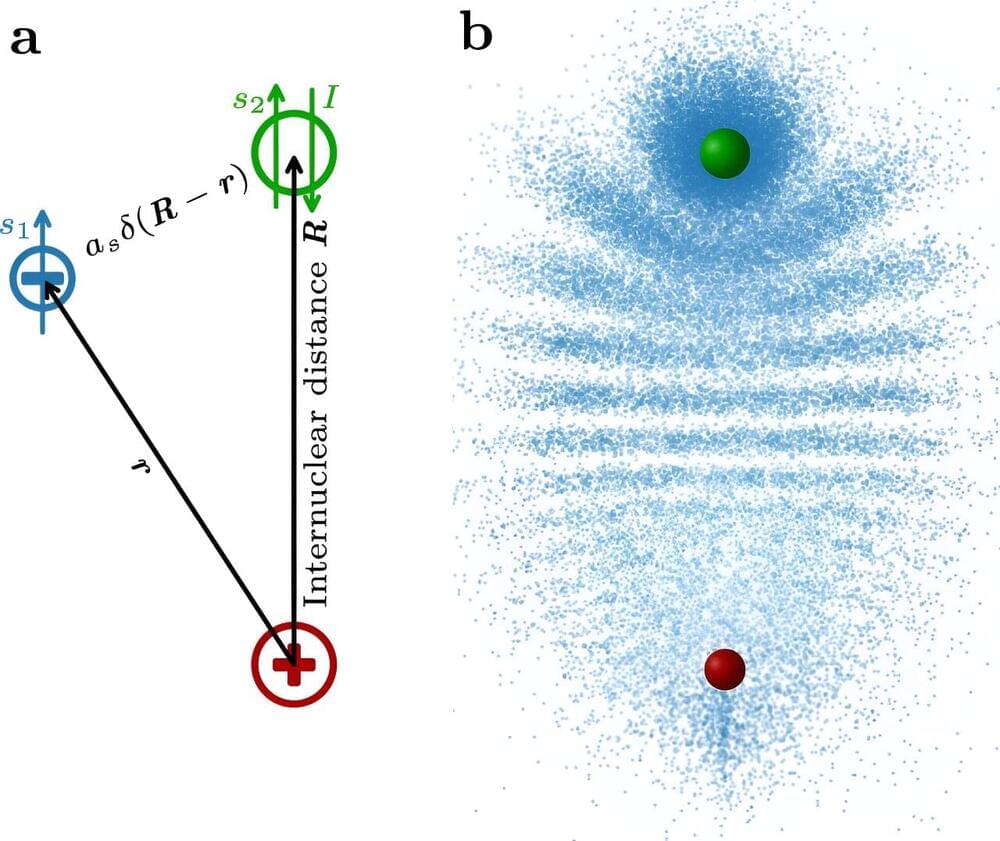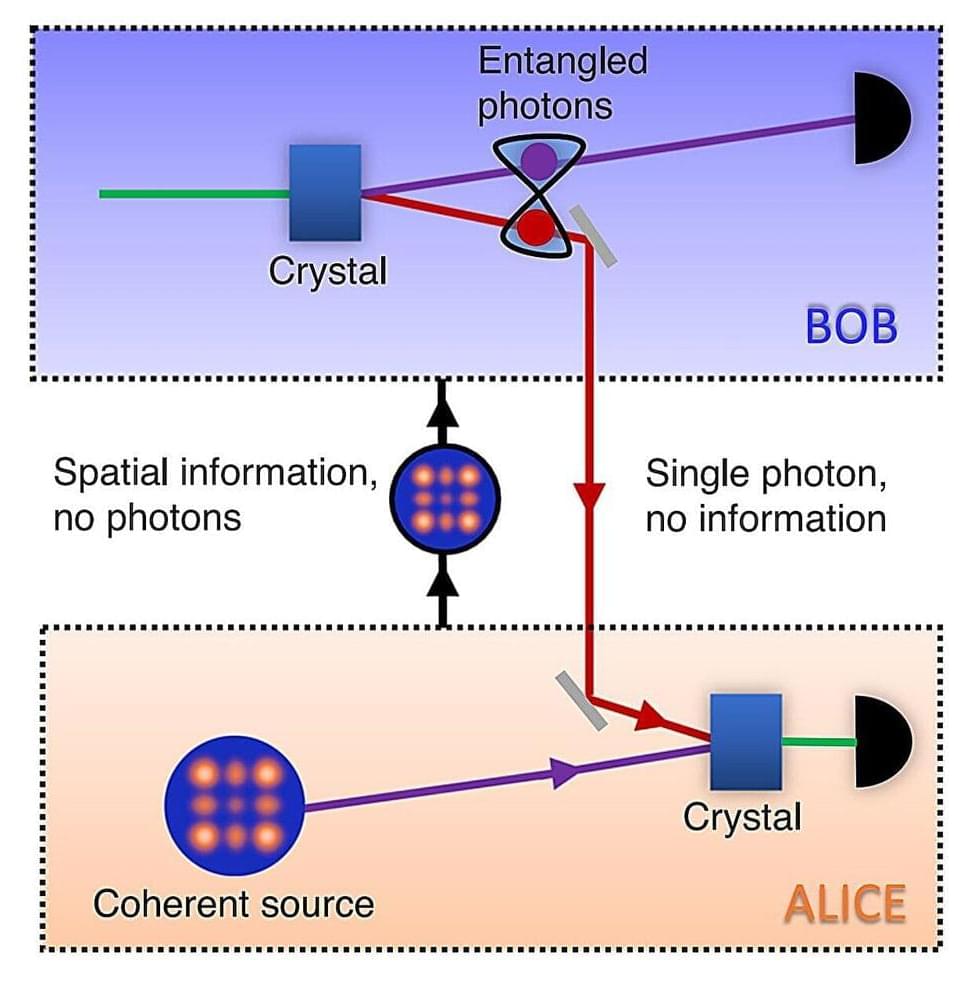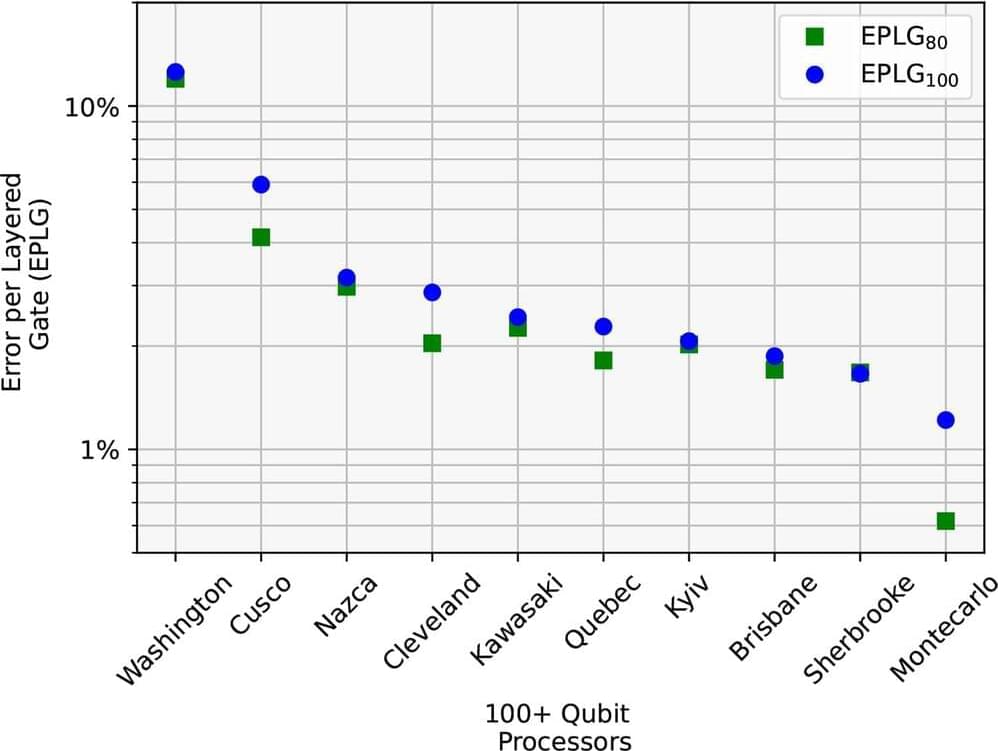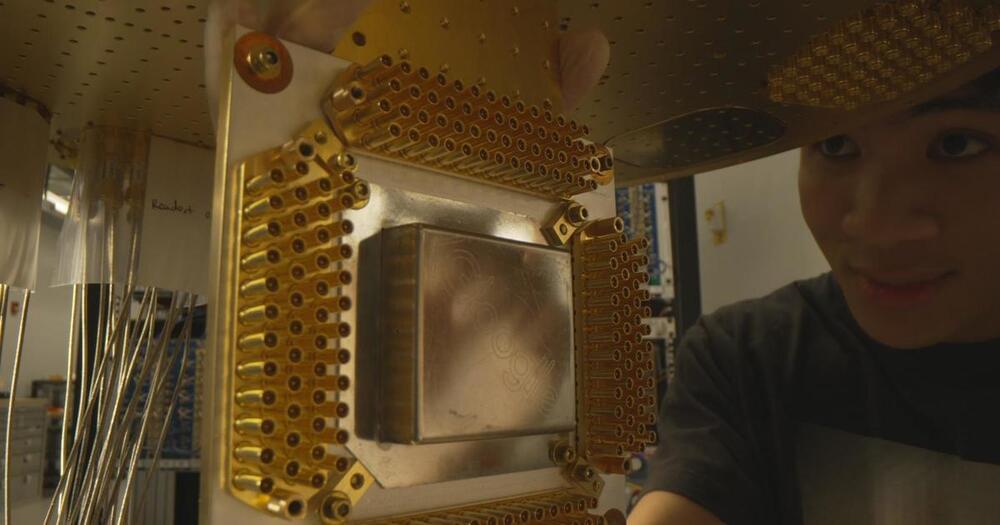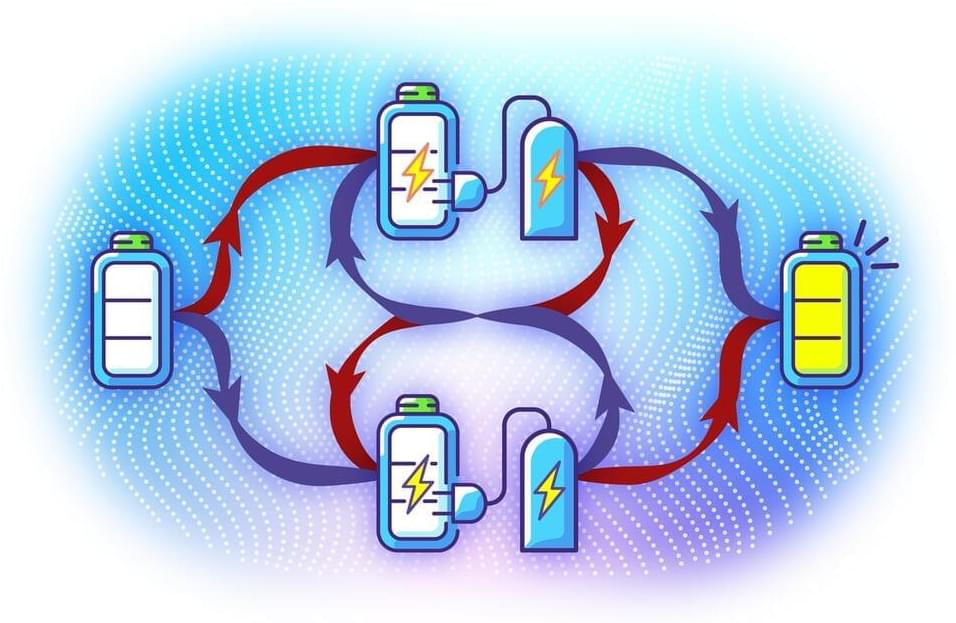Dec 19, 2023
Quantum-inspired tech teleports data with light, like ‘Star Trek’
Posted by Gemechu Taye in categories: computing, quantum physics
“Now, it is possible to teleport information so that it never physically travels across the connection — a “Star Trek” technology made real,” said researcher.
Scientists have been making discoveries in the quantum computing realm. In another leap, researchers successfully deployed the principles of quantum physics and transported information in the form of light patterns without physically moving the image itself.
According to a statement by the researchers, scientists demonstrated the quantum transport of the highest dimensionality of information to date. Particularly highlighting, the use of a teleportation-inspired configuration so that the information does not physically travel between the two communicating parties.
Continue reading “Quantum-inspired tech teleports data with light, like ‘Star Trek’” »
